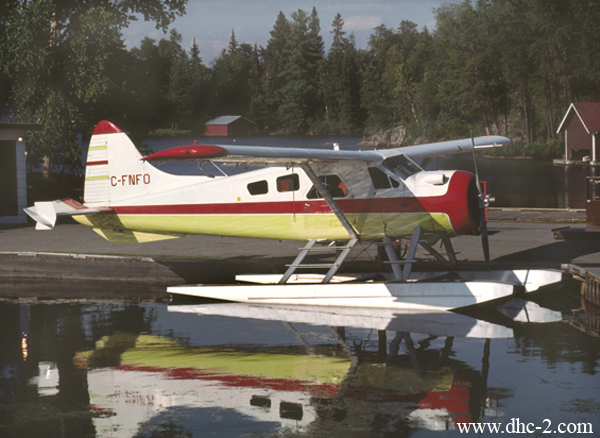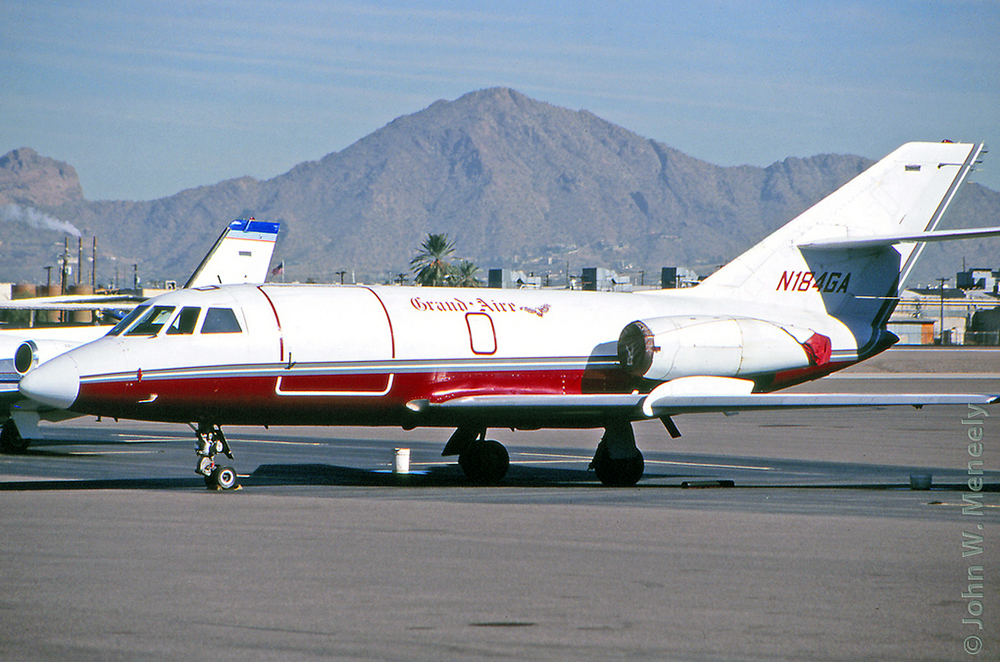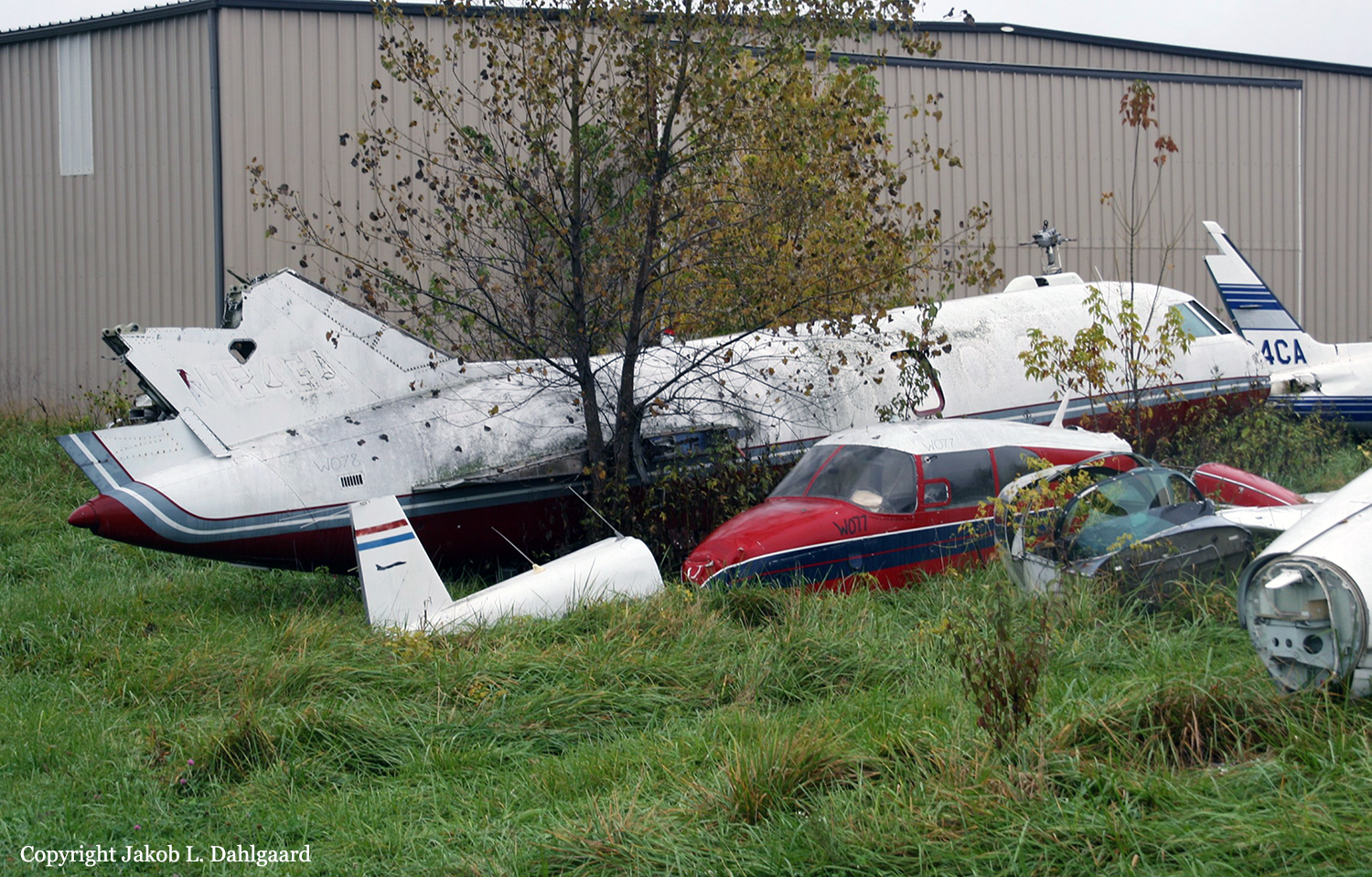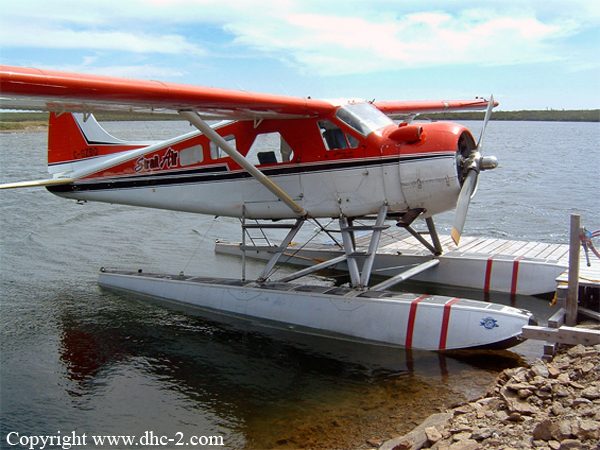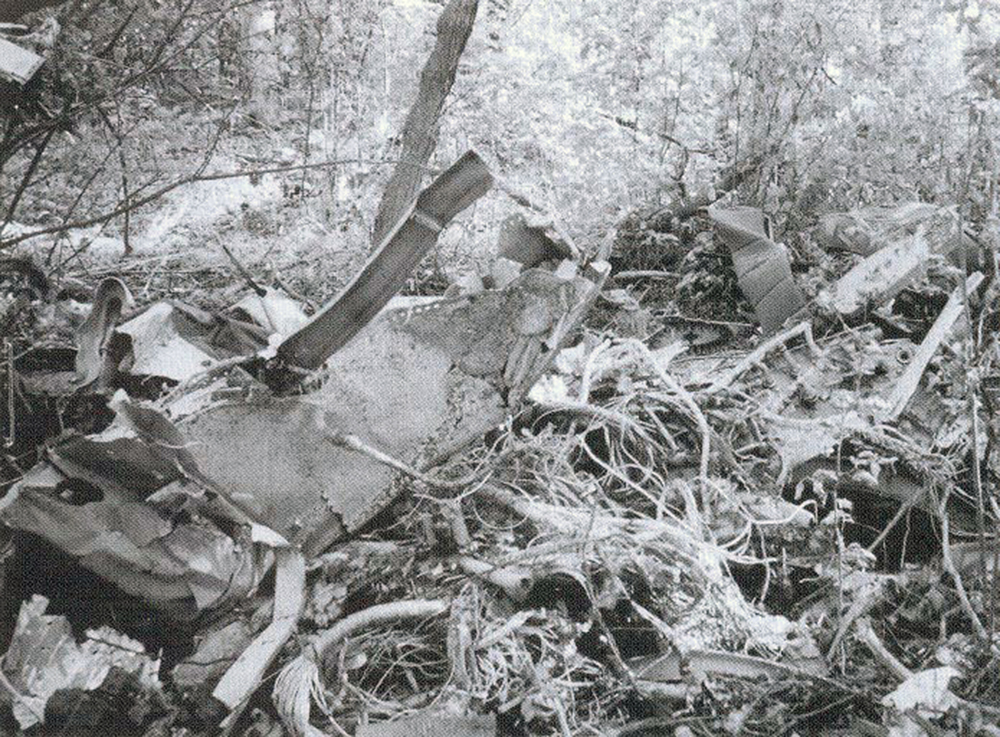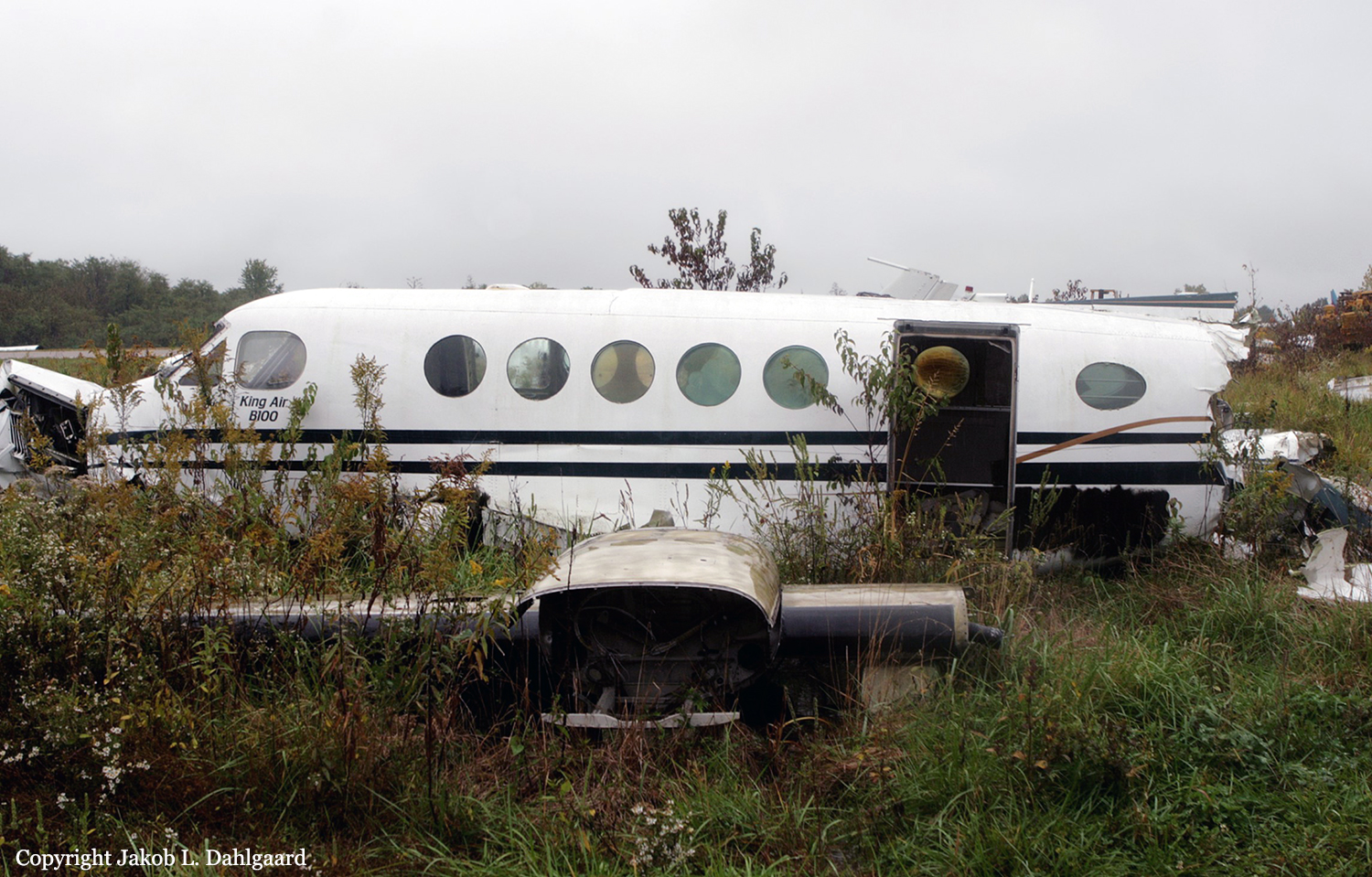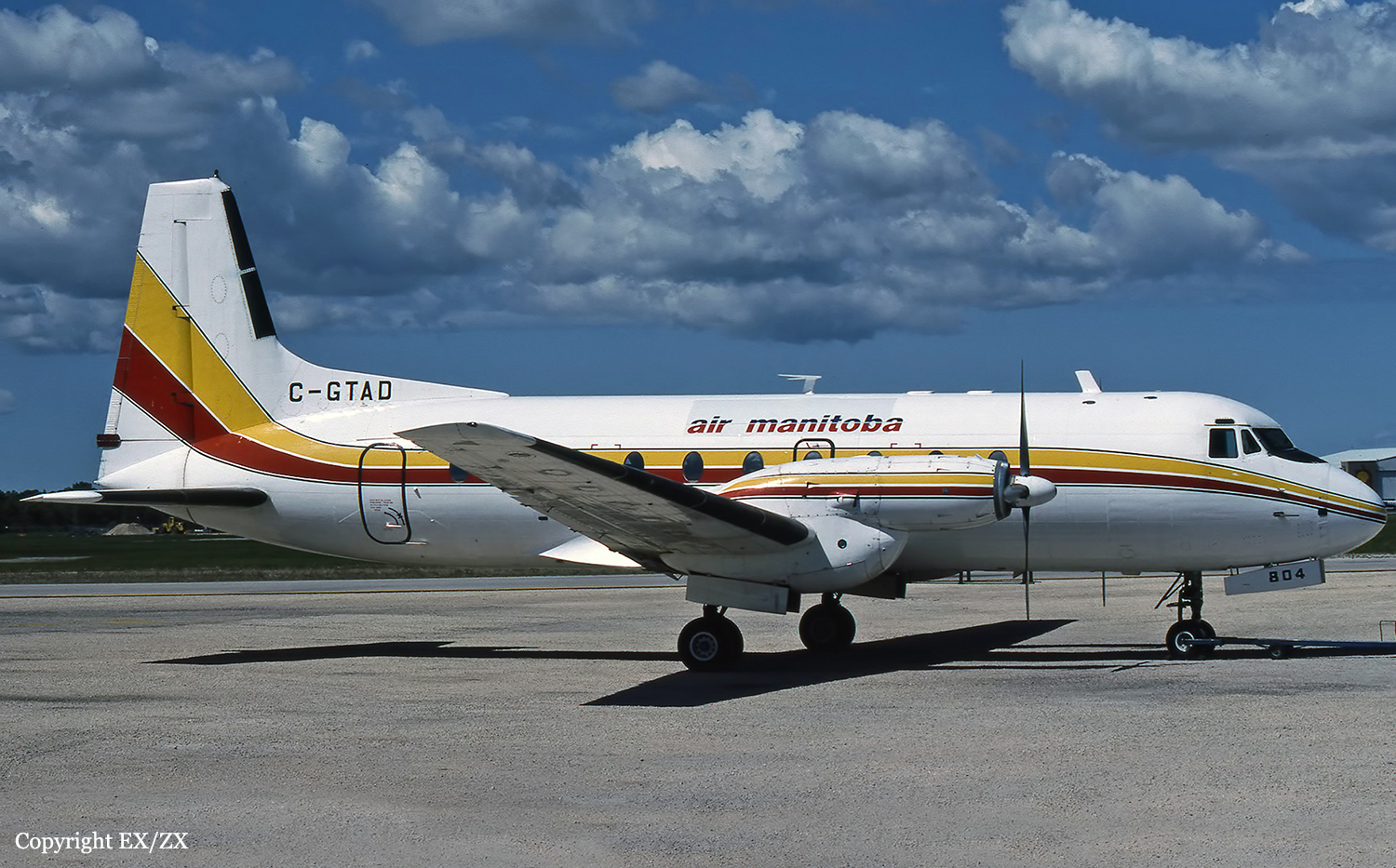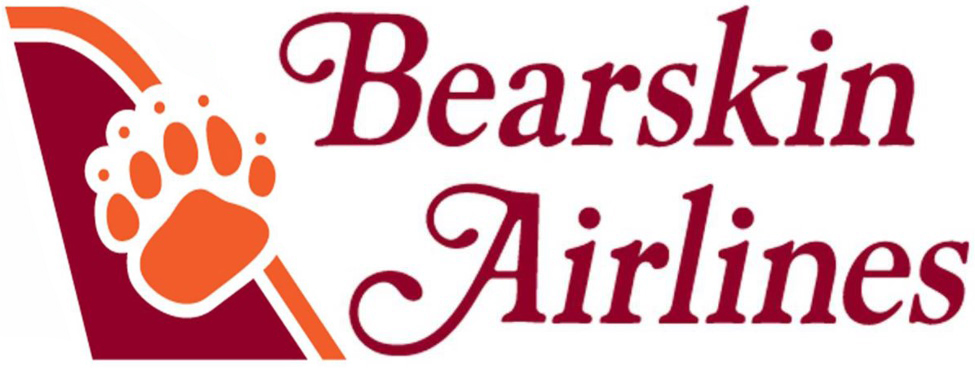Crash of a De Havilland DHC-2 Beaver near Nestor Falls: 1 killed
Date & Time:
Jul 7, 2001 at 1530 LT
Registration:
C-FNFO
Survivors:
No
Schedule:
Kakabikitchiwan Lake - Aremis Lake
MSN:
819
YOM:
1955
Crew on board:
1
Crew fatalities:
Pax on board:
0
Pax fatalities:
Other fatalities:
Total fatalities:
1
Captain / Total hours on type:
1300.00
Aircraft flight hours:
11843
Circumstances:
A de Havilland DHC-2 Beaver seaplane, registration C-FNFO, serial number 819, departed from Kakabikitchiwan Lake, Ontario, on a visual flight rules flight for Aremis Lake with only the pilot on board. Shortly after take-off, the aircraft was observed flying northbound at a very low altitude above Sabaskong Bay with the engine operating at a high power setting. The aircraft started to climb and bank to the left. The right wing struck the lower of two electrical wires strung across a channel between two islands. The aircraft was destroyed; the pilot sustained fatal injuries.
Probable cause:
Findings as to Causes and Contributing Factors:
1. The power line running overhead the channel was invisible, except at very short range, and was not marked to indicate its presence.
2. The pilot was flying at a very low altitude and likely did not see the power line.
Findings as to Risk:
1. The Standards Obstruction Markings Manual allows for discretion in deciding whether to assess obstructions, making it possible for some obstructions to not be assessed and, consequently, to not be marked.
1. The power line running overhead the channel was invisible, except at very short range, and was not marked to indicate its presence.
2. The pilot was flying at a very low altitude and likely did not see the power line.
Findings as to Risk:
1. The Standards Obstruction Markings Manual allows for discretion in deciding whether to assess obstructions, making it possible for some obstructions to not be assessed and, consequently, to not be marked.
Final Report:
